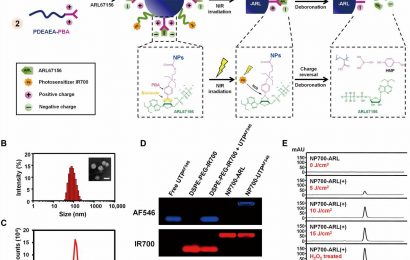NEW YORK (Reuters Health) – At age 2 years and beyond, babies born with microcephaly after exposure to Zika virus in the womb often have more severe neurodevelopmental delays and slower growth rates than their peers, although neurodevelopmental profiles are “remarkably heterogeneous,” report researchers from Brazil.
“The clinical evolution and prognosis of children with congenital Zika syndrome (CZS)-associated microcephaly may vary significantly and has not yet been fully delineated after these children reach two years of age,” Dr. Federico Costa with The Federal University of Bahia in Brazil and colleagues said in PLoS ONE.
Prior studies have found neurodevelopmental delays of about 20 months in young children with CZS-associated microcephaly. Yet, some case reports describe such children with normal or near-normal neurodevelopment.
Dr. Costa and colleagues followed 19 boys and 23 girls with CZS-associated microcephaly beyond their second birthday. The median age at neurological evaluation was 28 months (range, 25 to 32 months). All of the children had a head circumference more than two standard deviations below average.
The children were evaluated using the Hammersmith Infant Neurological Examination (HINE) and the Bayley Scales of Infant and Toddler Neurodevelopment (Bayley-III).
Not surprisingly, say the researchers, the vast majority of the children had severe language, cognitive, and motor delays, as well as severe neurological symptoms including bilateral spasticity that compromised their movement, posture and balance.
Yet there were also “important differences” in neurological and neurodevelopmental profiles” of the children. The raw HINE and Bayley-III scores were able to capture the heterogeneity of neurological capabilities among children with CZS-associated microcephaly.
But unlike the Bayley III exam, the HINE exam is simple to perform and “could be predictive of cognitive and motor developmental progress at the time of follow-up,” they report.
Summing up, they say while children with CZS-associated microcephaly typically demonstrate severe neurodevelopmental impairments, they have heterogeneous development patterns and it’s important to understand the differences between these children to provide a better long-term care.
SOURCE: https://bit.ly/39bfZFm PLoS ONE, online September 15, 2021.
Source: Read Full Article


